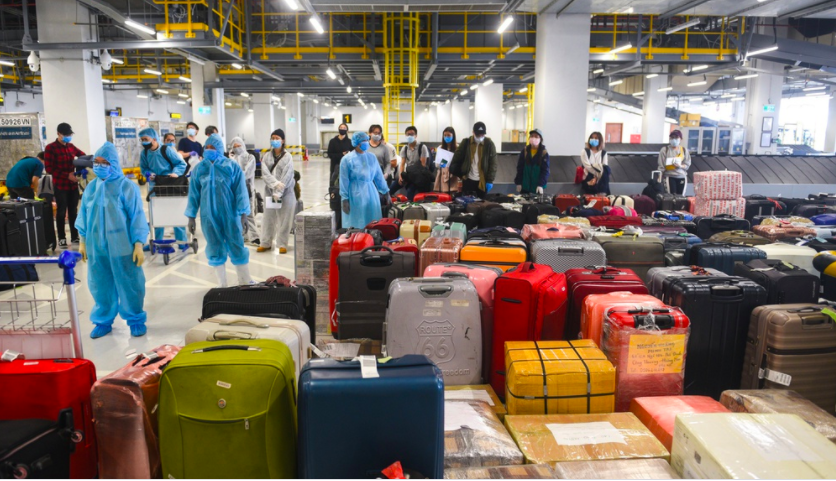Hanoi has plans to treat 1,000 Covid-19 patients
The Central Hospital for Tropical Diseases second branch can provide treatment for one thousand Covid-19 patients.
Hanoi's government has plans to ensure treatment for up to one thousand Covid-19 patients, Zing.vn quoted Chairman of the Hanoi People's Committee Nguyen Duc Chung as saying after talks with the director of the Central Hospital for Tropical Diseases.
When the hospital is overloaded, patients will be refered to a makeshift hospital under construction in Me Linh district.
| Hanoi can accommodate 20,000 citizens returning home in the next two weeks. Photo: Duy Hieu |
Besides, the city has prepared plans to mobilize all 41 hospitals in the city, including private and international hospitals, for the treatment of patients, Chung said.
He assessed that the city will face an intense period until the beginning of April as there will be more passengers arriving in the city from abroad and a number of patients in the community are yet to be detected. Thus, Hanoi needs all resources to detect Covid-19 infections and control the concentrated isolation centers to prevent Covid-19 from spreading.
The Hanoi mayor emphasized that if Hanoi can apply strict quarantine, early detection and test, as well as appropriate treatment, the city will win the battle against the pandemic.
Currently, there are 14 mass isolation centers in Hanoi city with a total of 12,629 beds, according to a report of the municipal Department of Health. The local government has been asked to prepare quarantine space for 20,000 people.
As of March 25, Hanoi has 50 active coronavirus-infected cases, the largest number in Vietnam. Many of the currently active cases are Vietnamese nationals returning from Europe and the US as well as foreigners from epidemic-hit regions.











